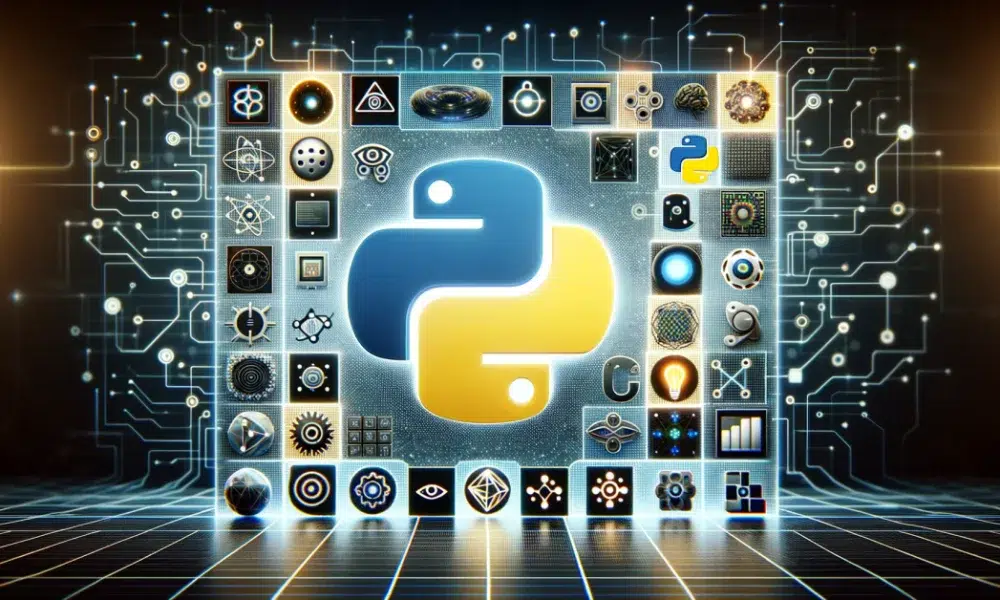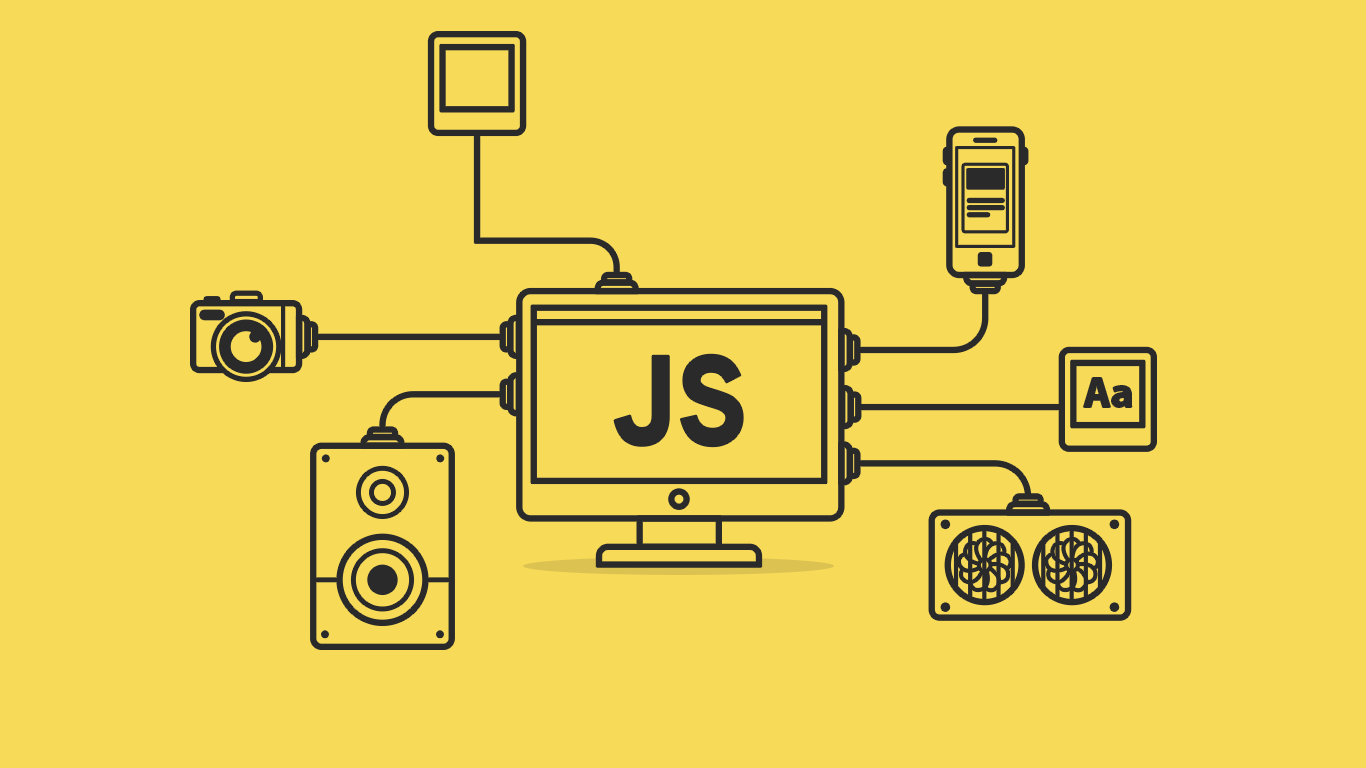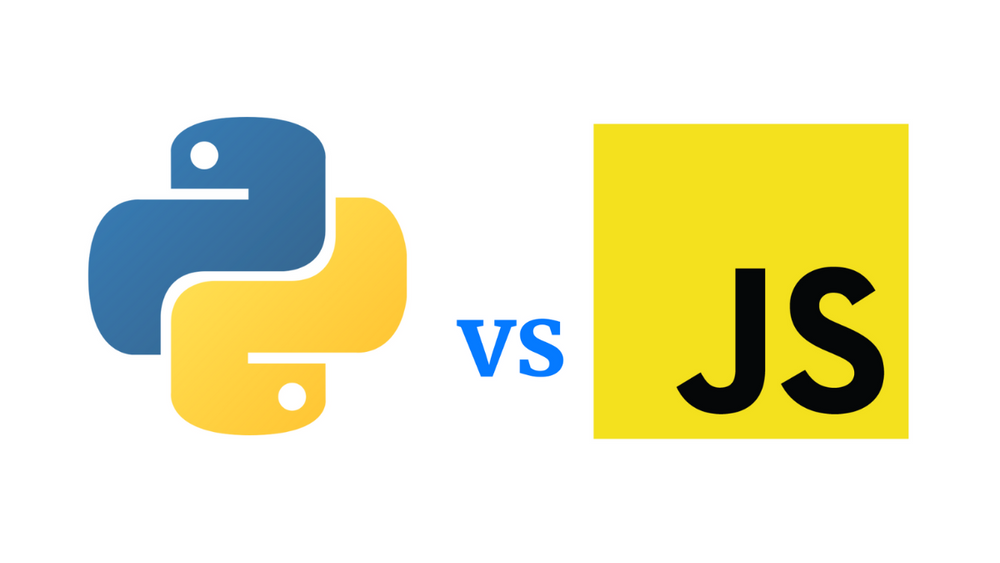In the ever-evolving world of programming, choosing the right language can feel like picking the perfect superpower. The two most well-liked candidates are JavaScript and Python. But with distinct strengths, which one reigns supreme for your project? Let’s delve into the fascinating world of Python vs JavaScript to help you make an informed decision.
Introduction to Python and JavaScript
What is Python?
Python is a high-level, general-purpose language renowned for its readability and simplicity. Its clear syntax, resembling natural language, makes it an excellent choice for beginners. Python boasts a vast library of tools, making it a powerhouse for:
- Web development: Frameworks like Django streamline backend development, allowing you to focus on the core functionality of your web application without getting bogged down in complex server-side scripting.
- Data science: Libraries like NumPy and pandas empower data analysis, enabling you to manipulate and extract insights from vast datasets with incredible efficiency.
- Machine learning: Tools like TensorFlow propel AI development, putting the power of machine learning algorithms at your fingertips for tasks like image recognition or natural language processing.
What is JavaScript?
JavaScript, on the other hand, is a dynamic language that reigns supreme in the realm of web development. JavaScript brings websites to life with interactive features and animations, making static web pages a thing of the past. Its key strengths include:
- Front-end development: It’s the foundation for creating engaging user interfaces. JavaScript empowers you to craft dynamic and responsive elements that provide a seamless user experience.
- Back-end development: Frameworks like Node.js enable server-side scripting, allowing JavaScript to extend its reach beyond the browser and power the entire application stack.
- Mobile app development: Tools like React Native allow building cross-platform apps, saving you time and resources by using a single codebase for both iOS and Android.
JavaScript vs Python: Side-by-Side Comparison
Understanding the key differences is crucial. Here’s a table to get you started:
|
Feature |
Python |
JavaScript |
|
Primary Usage |
General-purpose, data science, machine learning |
Front-end development, back-end development |
|
Performance |
Slower |
Faster for web development |
|
Popularity |
High |
Extremely High |
|
Syntax |
Simpler, easier to read |
More complex |
|
Job Market |
Growing |
Sizeable and well-established |
|
Salary (Average) |
Varies depending on experience |
Varies depending on experience |
Deciding Between Python and JavaScript
Now, let’s dive deeper into specific aspects to guide your choice:
Performance Considerations:
If raw speed is paramount, JavaScript takes the lead for web development. Since it executes directly in the user’s browser, it minimizes delays in loading interactive elements. However, Python excels in computationally intensive tasks like machine learning, where complex algorithms require more processing power.
Popularity and Job Market:
Both languages boast strong communities and promising job markets. JavaScript currently enjoys a wider range of job opportunities, particularly in web development due to its near-ubiquitous presence on the web. However, Python’s popularity in data science and machine learning is rapidly growing, creating a strong demand for skilled professionals.
Learning Curve and Syntax:
Python’s straightforward syntax, with its focus on readability, makes it easier to learn, especially for beginners. This allows you to ramp up quickly and focus on the core programming concepts. JavaScript has a steeper learning curve due to its dynamic nature and its reliance on object-oriented programming principles.
Salary Expectations:
Salaries for both languages can vary significantly depending on experience and location. However, JavaScript developer salaries might trend slightly higher on average in the web development domain, due to the high demand for skilled front-end and back-end developers.
Data Types and Conversion:
Python offers robust data type management, ensuring data integrity and preventing errors. JavaScript is more flexible with implicit conversions, allowing for rapid development. This flexibility can be advantageous, but it requires careful handling to avoid errors that can be difficult to debug.
Overall Ease of Use:
Python’s clear syntax and beginner-friendliness make it generally easier to pick up. This is a major benefit, especially for those entering the world of programming for the first time. However, JavaScript’s dominance in web development offers a vast ecosystem of tools and frameworks, streamlining specific tasks and providing pre-built solutions for common functionalities.
Conclusion
Ultimately, both Python and JavaScript are powerful languages with distinct advantages. Consider this a launchpad for your programming journey. You can even explore learning both languages – Python for its versatility and data-crunching prowess, and JavaScript for its web development mastery. The possibilities are vast, and with the right tool in hand, you can create something truly remarkable.
Python vs JavaScript? Both languages unlock incredible potential. Maximize their impact with ONextDigital’s Solutions. Seamlessly integrate your chosen language with our powerful automation tools, streamline operations, and boost your marketing efforts. Unleash the full potential of your project – contact us today!







